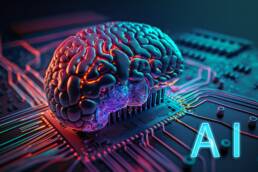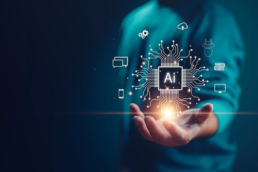The Dawn of Thinking Machines: A Leader’s Guide to Creative AI
A huge shift is happening in artificial intelligence. New AI systems like DALL-E and GPT-3 show they can now generate totally new content, ideas and products on their own. They don’t just analyze data anymore – they can create things from scratch using text, images, voices and more. This is a game changer. Early examples give us a glimpse of massive changes ahead as creative AI spreads across industries.
Business leaders have a chance to steer this tech in good directions. But they need to make sure to use it responsibly. This guide talks about practical ways to bring creative AI into companies.
The Rise of Machine Creativity
Creative AI marks a new era for AI. Past AI mostly just recognized patterns already in data to classify things or make predictions. But creative AI goes way further – it can imagine new artifacts all by itself. Technologies like DALL-E, Claude and AlphaFold show AI can now produce original text, images, voices, 3D designs and more out of thin air.
The only real limits are access to data, computing power and whatever we humans dream up. Key techniques powering this new creative AI include:
Advanced text generation – AI writes stories, emails, reports using natural language just like humans. Image generation – AI makes detailed illustrations and art just from text descriptions. 3D/CAD generation – AI designs 3D objects, furniture, architecture spontaneously. Voice generation – AI mimics human voices and accents really naturally. Video/animation generation – AI makes short films based on quick text outlines. Music generation – AI composes instrumental melodies and tracks in any genre or mood. Code generation – AI writes real working software code just based on what’s needed.
By going from analyzing the present to envisioning the future, creative AI can reshape media, design, manufacturing and more over the next decade.
How Can Business Use Creative AI?
Applied carefully, creative AI offers huge possibilities:
- Draft documents at scale – personalized sales proposals, reports, product descriptions, summaries created fast.
- Generate data visualizations – charts, graphs and dashboards instantly conveying insights.
- Enable interactive product customization – consumers get AI-generated images of personalized options.
- Automate video and animation – marketing explainers, tutorials made for any audience.
- Personalize voice assistants – generate voices with natural inflections tailored for any brand.
- Quickly prototype designs – models, renders, wireframes and mockups created on the fly.
- Enhance workflows – AI assists to analyze data, summarize docs, handle requests.
The key is giving creative AI strategic direction while keeping human oversight over what’s finally put out there.
What Are the Risks?
However, like with any powerful technology, we need to be careful:
- Output quality – AI can generate false info, biased content or copied work needing review.
- Security – confidential data could leak if AI training data inputs aren’t strictly controlled.
- Legal issues – laws around content rights, data use, disclosures vary.
- Job impacts – roles in creative fields will require transition support.
- Ethical risks – issues like manipulation, loss of humanity, deception need avoiding.
- Overreliance – keeping human judgment and control appropriate for each use case matters.
With good planning, we can guide creative AI responsibly toward helping society.
How Do We Integrate It Thoughtfully?
Some suggestions:
Keep human creators in charge – AI generates drafts, humans finalize the content. Balance automation with craft. Review outputs manually – don’t just directly publish AI creations without oversight. Engineer transparently – enable visibility into how AI systems make stuff to build trust. Set strict appropriate guardrails on use – guide AI creations to fit brand values across dimensions like audience, accuracy, diversity. Scrub any private data from AI training inputs – don’t risk leaks. Watermark AI content – disclose its source to maintain openness. Check outputs continuously – monitor for issues like errors, plagiarism, toxicity requiring fixes. Install ethics practices upfront – factor in considerations starting at the design phase.
With vision and care, leaders can make sure creative AI expands knowledge and creativity rather than destroys. Our shared future starts now.




